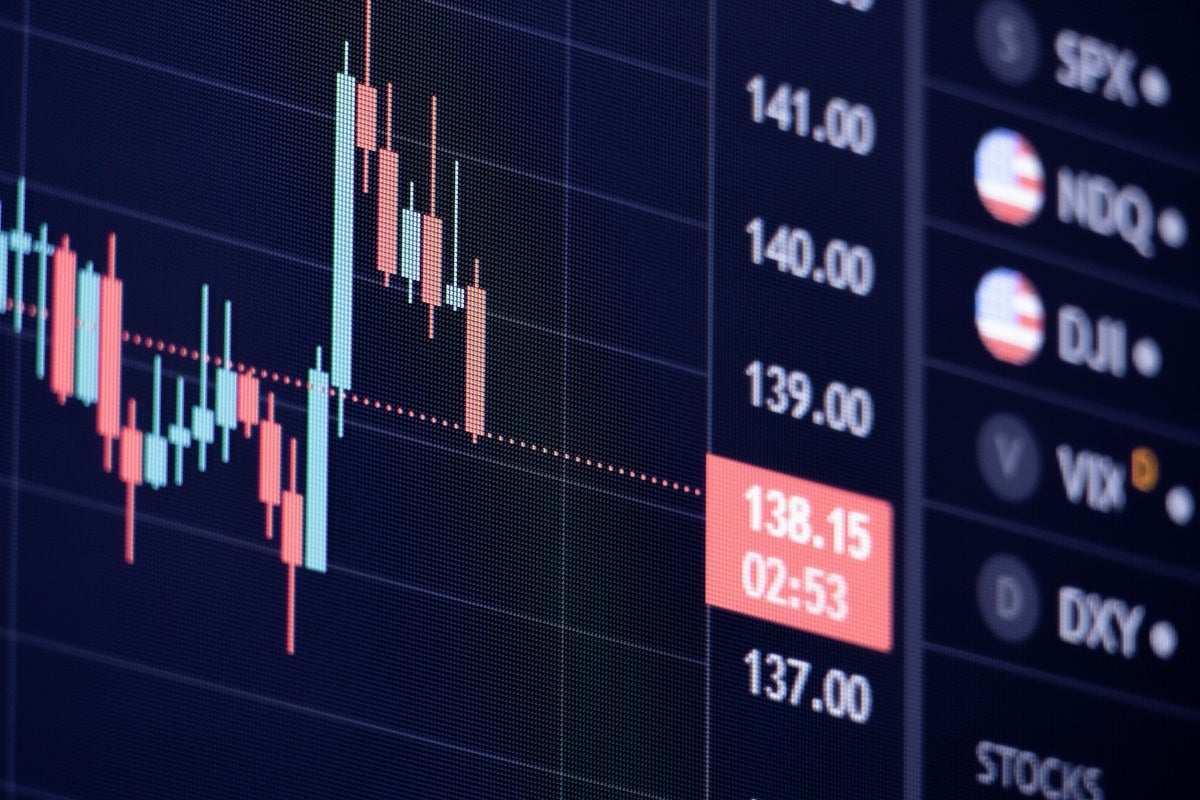Analysts Think There's Still Time To Get In On Edgewise

Edgewise Therapeutics EWTX is a small-cap pharmaceutical stock that has been all the rage recently. Shares are up 55% in the last three months and up 332% over the past 52 weeks. Yet, with still only a market cap of $2.4 billion, is there still time to get in? I'll examine recent news around the company, its drug pipeline, and what Wall Street is saying to get a better handle on this question.
Edgewise's Muscular Dystrophy Treatments Have Large Market Than Others
Edgewise currently has two drugs that are driving the company. They are Sevasemten and EDG-7500. The company is researching Sevasemten to treat muscular dystrophy (MD). One interesting thing about this medicine is that it is being researched to treat multiple types of MD.
Specifically, it is currently in Phase 3 trials to treat Becker MD and in Phase 2 trials for Duchenne MD. Many medicines are being researched only on one form of MD. So, the possibility that they could apply to both is a strong differentiator for the company.
However, this is likely because the treatment manages symptoms. It does not target the genetic cause of Duchenne MD. The root cause of Duchenne and Becker is different, but the symptoms are similar.
Still, this treatment could be valuable and could theoretically be used in conjunction with genetic treatments. The focus on treatment management opens the product up to the entire MD market rather than a sliver of it; another potential benefit.
In its latest results for Becker, the drug showed it actually slightly improved muscle function after 24 months. Those given a placebo showed significantly worse function. Becker MD currently has no approved treatments. The company estimates there are currently around 47,000 people with one of the diseases in the US, EU, and Japan combined.
EDG-7500 Results Show It Keeps Up With The Competition
The company's other main drug, EDG-7500, is a cardiovascular medicine. Specifically, it works to treat hypertrophic cardiomyopathy (HCM). Recent good news around this drug was why shares of Edgewise jumped 50% in one day. HCM primarily affects the left ventricle of the heart, causing its walls to thicken. The left ventricle is the main pumping station of the heart. pumped. The thickening makes it hard for the left ventricle to pump blood and can result in heart failure.
On average, the study revealed that a biomarker linked to heart stress decreased by 64%. Another measurement of how well the heart is pumping blood is the left ventricular ejection fraction (LVEF).
The results showed that all the patients maintained a normal level of LVEF. Thus, the treatment reduced stress on the heart without interfering with its ability to pump. The market for this treatment is much larger, affecting up to 630,000 people in the United States alone.
However, HCM does have an approved treatment: Bristol Myers Squibb's BMY Camzyos. The drug showed a 67% reduction in the same biomarker as EDG-7500. However, a very small number of patients did see their LVEF levels fall below normal. At this point, the drugs appear to have similar levels of safety and efficacy. Two and a half years ago, Camzyos received approval. It generated $139 million last quarter, up by 184% from the previous year.
Cytokinetics' CYTK aficamten, another competitor, is further along but has yet to receive approval. According to Fierce Biotech, analysts at Mizuho Securities say the results of the two drugs look similar.
When it comes to Wall Street, several analysts still see significant upside in Edgewise. At least four firms have increased their price targets on Edgewise since it released Phase 2 results for EDG-7500.
Based on the average of those four targets, the implied upside of Edgewise is 55%, based on the Sept. 24 closing price of nearly $26. The most bullish analyst, Wedbush, thinks Edgewise could rise 70%.
Final Thoughts On Edgewise
At the end of the day, the party is certainly not over for Edgewise until it is. More good news about the drug treatments would continue to boost the stock price. But, it will take a long time for sales to justify its high valuation. The probability of treatments getting approved is low, at around 12% on average.
The results of EDG-7500 do show promise not only in their comparability to the already approved treatment but also in the revenue that Bristol-Myers has demonstrated. However, with Sevasemten in Phase 3 trials for Becker MD, the company could be the first to get an approved treatment in that market.
The article "Analysts Think There's Still Time to Get in on Edgewise, Up 332%" first appeared on MarketBeat.
© 2024 Benzinga.com. Benzinga does not provide investment advice. All rights reserved.
Breaking news
See all






